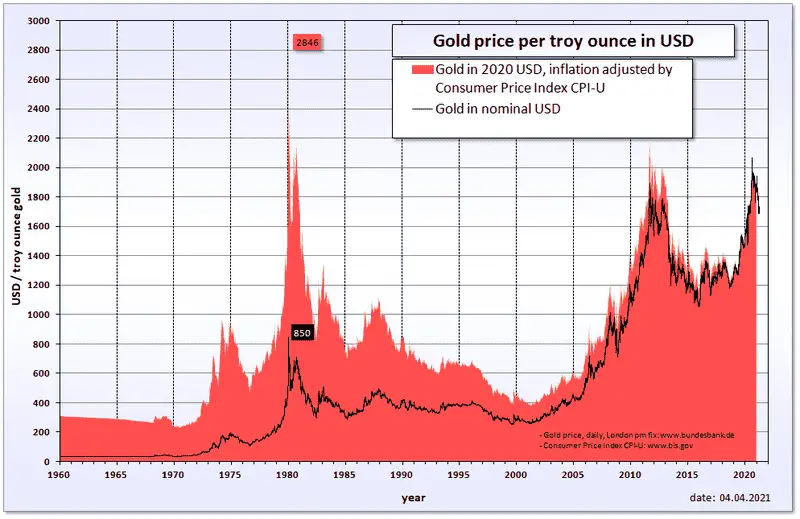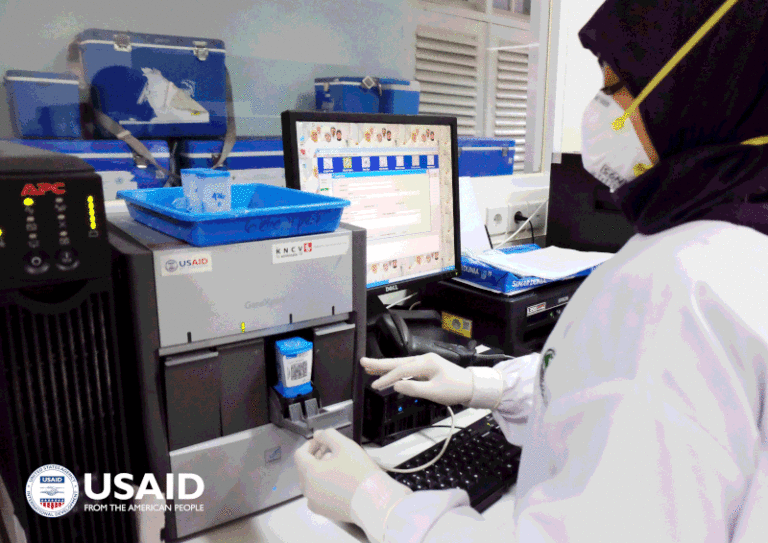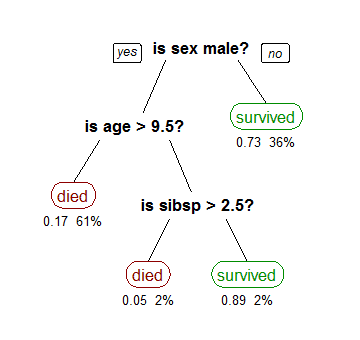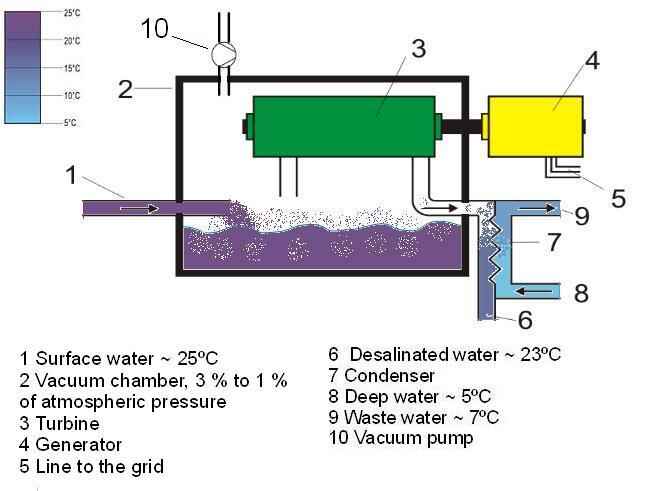5 Examples of Data Mining Explained
Examples of data mining are; real-time customer service optimization, regression-based price prediction, decision tree analysis, algorithmic coronary disease diagnosis, and fraud detection by clustering.
This article discusses some examples of data mining, as follows;
1). Real-time Customer Service Optimization (as one of the Examples of Data Mining)
Data mining can be used in organizations to analyze and interpret large amounts of data from business-to-client interaction systems.
Such data can reveal trends in customer preferences and behaviors that indicate how satisfied these customers are with the services or products offered.
Interpretation of customer data can help organizations to optimize their operations in terms of quality, quantity, types and cost of products or services [7].
For services that are delivered continuously in real-time, such as virtual services, data mining can be extremely helpful especially where the client-base is large.
With data mining, a business can optimize its performance and productivity by identifying customer preferences, potential opportunities, potential customers, and areas for improvement.
Data mining functionality can be combined with neural network and machine learning technologies, to automate the service optimization process. It can also be used to integrate various aspects of a business including sales and marketing, to improve organizational efficiency as a whole [8].
2). Regression-based Price Prediction
Regression is a predictive data mining technique that explores relationships between variables in a dataset, to forecast future outcomes in terms of individual data points and trends.
The regression function can be used to develop data mining models that are applicable for prediction of prices in a given market [9].
Stock price prediction is a particularly common prediction that can be achieved through regression. This is possible because stock prices usually change according to a repetitive numeric pattern that can be traced when historical price values are cumulated in a database.
Regression is effective for prediction purposes in data mining, because it can be used with any size or complexity of data. It is also versatile and can be used simultaneously with descriptive techniques like clustering, to achieve both characterization and prediction at the same time [1].

3). Decision Tree Analysis of Corporate Databases (as one of the Examples of Data Mining)
The decision tree rule in data mining is an algorithmic model that is used to simplify complex and large datasets by splitting them hierarchically into root, node, stem and branch elements according to the intersection or exclusion of attributes.
Decision trees are very important for both characterization and prediction operations [4].
The structure of decision tree in data mining is hierarchical, meaning that contents of a database are placed at various relative levels according to a criteria of priority.
Types of decision trees used in data mining are; classification, regression, and variance-reduction trees.
Decision trees are used in organizations to improve the efficiency and quality of decision-making. Because they incorporate large amounts of data, these structures can show as many resources, opportunities and possible outcomes of a business as are available, making them valuable in scenarios with high complexity [2].
4). Coronary Disease Diagnosis using Integrative Algorithms
Data mining for medical diagnosis is simply the use of algorithms to analyze and extract information from data acquired using smart medical devices, in order to determine the health status of a patient.
The diagnosis of coronary heart disease benefits immensely from data mining, because it requires effective integration of multiple datasets, and correlation of data points from multiple assessments.
Data mining improves diagnosis by introducing automation into the process, so that repetitive and voluminous aspects are handled by an algorithm, with more efficiency and less time [3] [10].
An integrative approach ensures that heterogeneous medical data are converged to produce an interpretable, coherent database.
Algorithms used for heart disease detection are based on neural network technology, and include multilayer-perceptron and regressive programs [6].
5). Fraud Detection using Cluster Analysis (as one of the Examples of Data Mining)
Data mining can be applied to fraud detection in scenarios that involve large amounts of data, especially with regards virtual platforms that operate in real-time.
Clustering is a descriptive technique that partitions large datasets into categories or 'clusters' based on shared attributes.
The use of clustering in fraud detection is effective because regular data is collected in clusters so that anomalous data points or outliers can be identified [5]. Identification of these outliers can also be described as anomaly detection; and can lead to the recognition of unusual, fraudulent behavior of a user.

Conclusion
Examples of data mining are;
1. Real-time Customer Service Optimization
2. Regression-based Price Prediction
3. Decision Tree Analysis of Corporate Databases
4. Coronary Disease Diagnosis using Integrative Algorithms
5. Fraud Detection using Cluster Analysis
References
1). Bini, B. S.; Mathew, T. (2016). "Clustering and Regression Techniques for Stock Prediction." Procedia Technology 24:1248-1255. Available at: https://doi.org/10.1016/j.protcy.2016.05.104. (Accessed 21 March 2023).
2). Brooks, C. (2023). "What Is a Decision Tree?" Available at: https://www.businessnewsdaily.com/6147-decision-tree.html. (Accessed 21 March 2023).
3). Feng, Y.; Wang, Y.; Guo, F.; Xu, H. (2014). "Applications of data mining methods in the integrative medical studies of coronary heart disease: progress and prospect." Evid Based Complement Alternat Med. 2014;2014:791841. Available at: https://doi.org/10.1155/2014/791841. (Accessed 21 March 2023).
4). Loh, W-Y. (2005). "Decision Trees for Prediction and Data Mining." Available at: https://www.researchgate.net/publication/235126107_Decision_Trees_for_Prediction_and_Data_Mining. (Accessed 21 March 2023).
5). Massi, M. C.; Ieva, F.; Lettieri, E. (2020). "Data mining application to healthcare fraud detection: a two-step unsupervised clustering method for outlier detection with administrative databases." BMC Med Inform Decis Mak. 2020 Jul 14;20(1):160. Available at: https://doi.org/10.1186/s12911-020-01143-9. (Accessed 21 March 2023).
6). Nagavelli, U.; Samanta, D.; Chakraborty, P. (2022). "Machine Learning Technology-Based Heart Disease Detection Models." Hindawi, Journal of Healthcare Engineering 2022:1-9. Available at: https://doi.org/10.1155/2022/7351061. (Accessed 21 March 2023).
7). Nejad, E. B. (2012). "Using Data Mining Technique to Increase Efficiency of Customer Relationship Management Process." Research Journal of Applied Sciences, Engineering and Technology 4(23). Available at: https://www.researchgate.net/publication/282705274_Using_Data_Mining_Technique_to_Increase_Efficiency_of_Customer_Relationship_Management_Process. (Accessed 21 March 2023).
8). Ngai, E. W. T.; Xiu, L., Chau, D. C. K. (2009). "Application of data mining techniques in customer relationship management: A literature review and classification." Expert Systems with Applications 36(2):2592-2602. Available at: https://doi.org/10.1016/j.eswa.2008.02.021. (Accessed 21 March 2023).
9). Olaniyi, A. S.; Adewole, K. S.; Jimoh, B. G. (2011). "Stock Trend Prediction Using Regression Analysis – A Data Mining Approach." Available at: https://www.researchgate.net/publication/277409163_Stock_Trend_Prediction_Using_Regression_Analysis_-_A_Data_Mining_Approach. (Accessed 21 March 2023).
10). Soni, J.; Ansari, U.; Sharma, D.; Soni, S. (2011). "Predictive Data Mining for Medical Diagnosis: An Overview of Heart Disease Prediction." International Journal of Computer Applications 17(8):43-48. Available at: https://doi.org/10.5120/2237-2860. (Accessed 21 March 2023).



